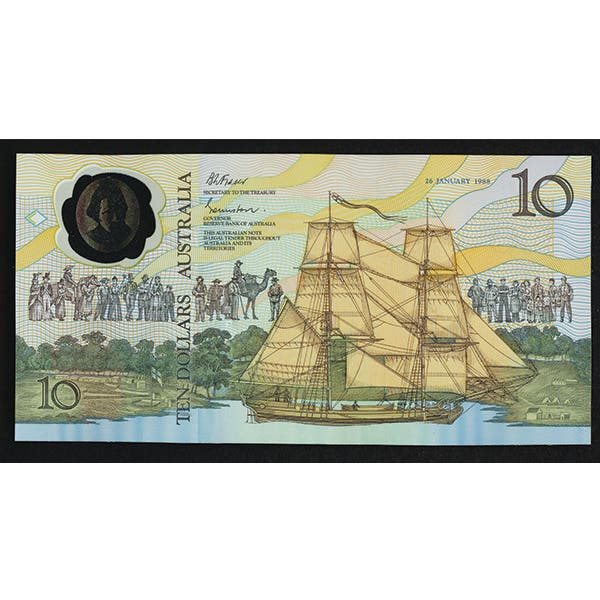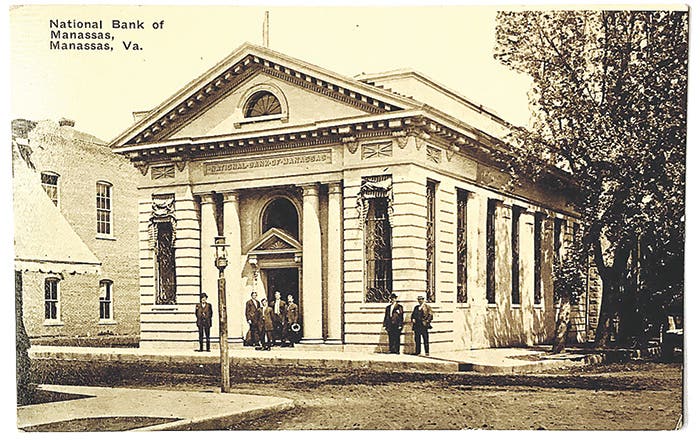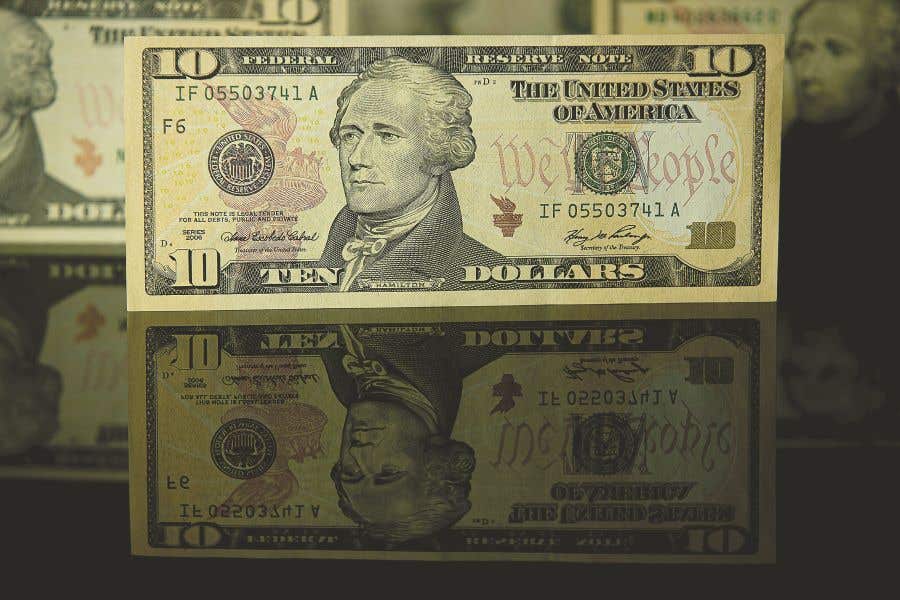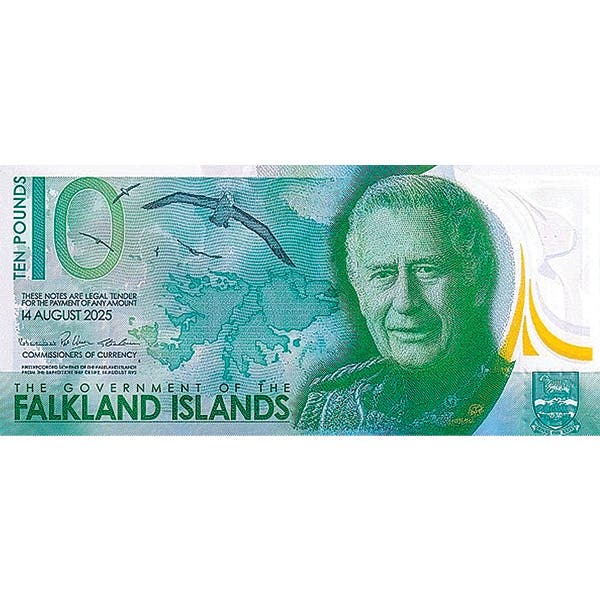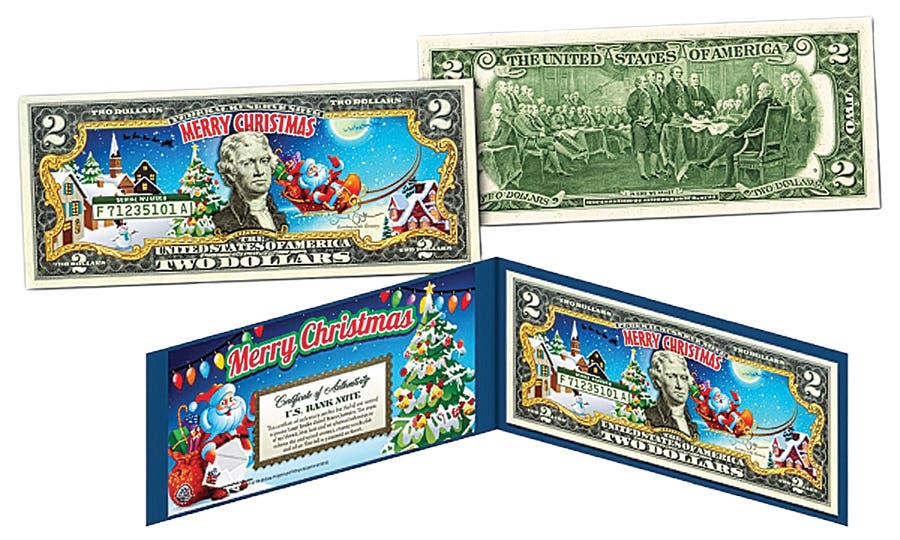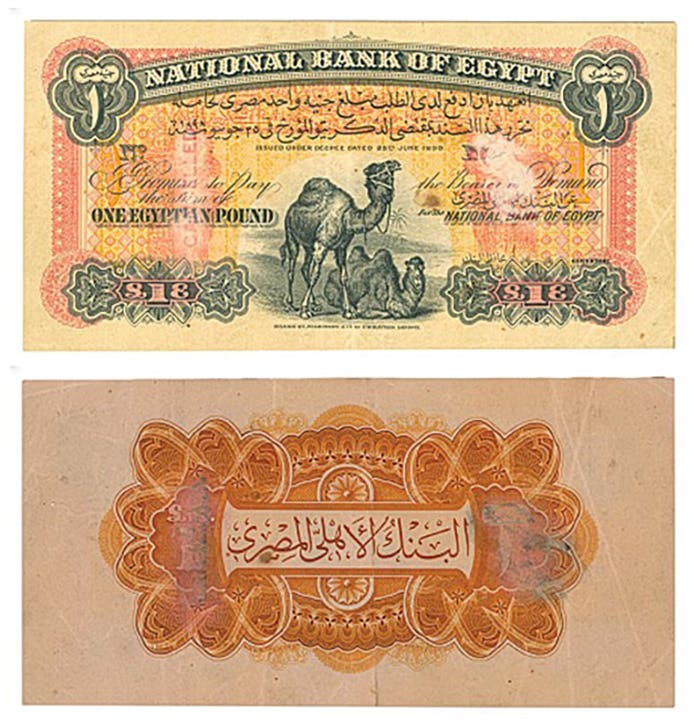Coveted Serial No. 1 Banknotes Headline Heritage’s Long Beach Expo US Currency Auction
High-denomination treasures and elite private collections featured in the September 11-13 event
DALLAS, Texas (August 22, 2024) — The Ronald R. Gustafson Collection, a trove teeming with high-denomination treasures and banknotes bearing the coveted serial number 1, will take center stage in Heritage’s Long Beach Expo US Currency Signature® Auction from September 11-13.
“This is the seminal collection of notes, starting with the first few new ‘small size’ Series of notes introduced in 1928. In that year, the Bureau of Engraving and Printing reduced the size of our banknotes, from a larger size of notes affectionately called ‘horse blankets,’ to the size we use today,” says Dustin Johnston, Vice President of Numismatics at Heritage Auctions. “Collectors in many departments are naturally drawn to ‘the first’ of anything they pursue, and that definitely is the case with currency. This collection is packed with a remarkable rarities, including finest knowns and an array of serial number 1 notes, giving collectors an opportunity to pursue notes with unbeatable pedigree.”
Among the highlights in the collection is a Fr. 2220-E $5,000 1928 Federal Reserve Note. PMG Gem Uncirculated 65 EPQ. Not only is this Richmond $5,000 with the redeemable in gold obligation clause the finest PMG Graded Series 1928 $5,000, it also is believed to be the only truly Uncirculated 1928 $5,000 from any district. The PMG Population Report has graded just 22 Series 1928 $5,000s for all districts, the finest of which is the note offered in this auction.
A beautiful Fr. 2220-J $5,000 1928 Federal Reserve Note is from the same collection. PMG Extremely Fine 40, one of just two known 1928 Kansas City $5,000s. The consignor acquired this extraordinary rarity when Heritage auctioned the massive Taylor Family collection in 2005. Listed at the time in Stephen M. Sullivan’s Small Sized High Denomination Notes as unique, it has since been joined by a PCGS 40 example listed in Track & Price that was sold in 2014. But with a microscopic original run of just 720, it would be surprising if more were hidden away.
A third spectacular high-denomination trophy is a Fr. 2230-E $10,000 1928 Federal Reserve Note. PMG About Uncirculated. Series 1928 $10,000 notes are many times rarer than their 1934 counterparts — PMG has graded only seven Series 1928 $10,000 notes from among all districts, compared to 113 Series 1934 $10,000s. Heritage Auctions experts have found just 10 Series 1928 representatives from all districts combined … and even that number is deceptive, as the only New York and San Francisco examples are housed in the collection of the Federal Reserve Bank of San Francisco, meaning just eight remain in the possession of collectors, and of those, the example offered in this auction is among the finest — only one carries a higher grade.
The Gustafson Collection also features an array of notes bearing the coveted serial number 1, including one of just three known Serial Number 1 Fr. 2200-C $500 1928 Dark Green Seal Federal Reserve Note. PMG About Uncirculated 55 notes. Heritage experts know of just two regular serial number 1 examples: a Series 1928 Chicago note in the Smithsonian Institution and a Series 1934 New York note (a Series 1934 star from Kansas City also could be added to the tiny population). The first delivery for 1928 $500s was November 12, 1929, just weeks after the Wall Street crash, but thankfully, someone put this example aside before it got into extended circulation.
Other serial number 1 notes from the Gustafson Collection include, but are not limited to, a Serial Number 1 Fr. 2050-F $20 1928 Federal Reserve Note. PMG Choice Uncirculated 63 and a Serial Number 1 Fr. 1950-K $5 1928 Federal Reserve Note. PMG Gem Uncirculated 66 EPQ.
Another assemblage in the auction is the Dwane Johansen Collection, a phenomenal 69-lot collection that is focused on rarity and grade, with a specialization on large-size type notes.
Among the top selections from the collection is a gorgeous Fr. 167a $100 1863 Legal Tender PCGS Choice About New 55PPQ, a rare and attractive New Series 1 $100 Legal known as the “Spread Eagle” note because of the portrait of the eagle with its wings stretched wide on the obverse. It boasts a provenance that stretches back to the first auction session of The Albert A. Grinnell Collection held in 1944 by Barney Bluestone, where it was purchased by William Donlon, who put it on both the front and back covers of his large-size paper money reference book, United States Large Size Paper Money 1861 to 1923 for all six editions, from 1968-79. The Track & Price census population is only 23 serial numbers, which has increased only by one since 2016. Still, five of those examples are out of reach, with two in the Smithsonian Institution collection and one each in the ANA Museum and the Federal Reserve Banks of Chicago and Kansas City collec, leaving just 18 examples available to collectors.
Other prizes from the Johansen Collection include a rare Fr. 305 $20 1878 Silver Certificate PMG Very Fine 30 — a Triple Signature $20 Silver with the J.C. Hopper countersignature and one of just three pieces recorded for this Friedberg number — and a Fr. 377 $100 1890 Treasury Note PMG Very Fine 20. The so-called “Watermelon Hundreds,” as well as their rarer cousins, “Grand ($1,000) Watermelons,” have always been exceedingly popular among collectors, earning their moniker because the zeros on the back of the note resemble the large fruit. According to Track & Price, just 35 examples of this Friedberg number are known, eight of which are permanently housed in institutional collections.
The auction includes a selection of 67 lots from The Benedict Family Collection. Highlights from the collection include, but are not limited to:
· A Fr. 127 $20 1869 Legal Tender PMG Gem Uncirculated 65 EPQ: a fresh, well-preserved note that features the pronounced large blue anti-counterfeiting swath on this plate letter B example, adding the additional color that helps give this already-handsome note its more than appropriate “Rainbow” nickname. PMG has graded only six equal and ten higher.
· A Fr. 161 $50 1880 Legal Tender PCGS Superb Gem New 67PPQ: a rare beauty, especially in this lofty third-party grade. PMG has graded three examples in 67 EPQ, none higher, while PCGS Banknote has not graded a single Fr. 161 above 66 PPQ. A 2019 auction appearance described it as the “single finest PCGS (Currency) graded example.” The provenance includes Amon Carter, Jr., and Joel R. Anderson
Another spectacular piece that will find a new home when it is sold in this auction is a Serial Number 3 Fr. 2221-B $5,000 1934 Federal Reserve Note. PMG Extremely Fine 40, New York, $5,000 that bears the prized low single-digit serial number B00000003A, the lowest serial number of any high denomination note available to the collecting fraternity. Heritage offered this pretty low number note in its 2005 Central States auction, and almost 20 years later, it is still a most attractive piece with bright paper and vivid ink colors.
Also offered in this auction is a beautiful Fr. 203 $50 1863 Interest Bearing Note PMG Very Fine 25, a rare Friedberg number with a confirmed population of just seven among the two primary censuses, and of those, one is in the Smithsonian Institution, meaning the example offered in this auction is one of just six available to the collecting community. This note, which has been out of reach since 1987, has an exceptional provenance that began as part of the first session of the Albert A. Grinnell Collection in 1944. It later was owned by Robert Friedberg and Amon Carter, Jr., making it one of the very few to have been owned by both Grinnell and Friedberg.
The only surviving non-Proof Fr. 202b Hessler X126G (1141) $100 1861 Interest Bearing Note Remainder with Serial Number 601 PMG Choice Uncirculated 63 Net is a rare middle-of-the-book number, of which Friedberg says four to five Proofs are known. Its rarity has sparked additional estimates, from Gene Hessler’s An Illustrated History of U.S. Loans 1775-1898 to The Whitman Encyclopedia of U.S. Paper Money that report anywhere from one to 14 known examples, leading to the conclusion that the example in this lot is the only survivor of this design that is not a Proof. It is also the only example of Fr. 202b to be graded by PMG.
Images and information about all lots in the auction can be found on the Heritage Auctions website.
You may also like:




